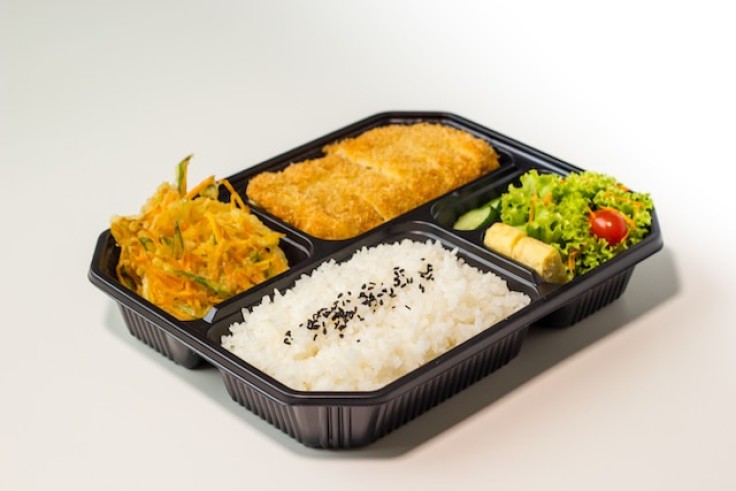
School cafeterias are making big changes in their efforts to persuade children to eat school lunch while they continue to provide what may be the healthiest meal of the day. After the additional pandemic funds ran out, several schools tried out a novel idea: offering free lunches to all children, regardless of their ability to pay.
Although most states' financing for this effort has stopped, some, like Colorado, have elected to keep the program going. According to a Jenny Brundin article from Colorado Public Radio, this initiative is increasing the number of children who eat school lunches and giving them healthier alternatives.
Greeley District Achieves Success with Free Meals, Strives for Higher Participation
The district of Greeley, located north of Denver, has been ahead of the curve by offering free lunches for the past three years. While there is still room for improvement, the district has witnessed a steady increase in school lunch consumption, with nearly every student having eaten a school lunch at least once last year. Danielle Bock, the head of Greeley's nutrition program, is on a mission to further enhance these numbers. She aims to achieve an impressive 95% student participation in school lunches.
According to NPR, the stigma associated with school lunches is diminished when they are provided free of charge to all kids, which in turn increases cafeteria attendance. Bock observes that pupils in grades nine and ten are more likely to select the healthier school lunch when they are required to remain on campus during meal times. However, open-campus high schools still have to contend with fast food joints like Chick-fil-A and Chipotle.
To tackle this competition, nutrition chiefs like Theresa Hafner from Denver Public Schools are exploring innovative ways to attract students to the cafeteria. Hafner is considering introducing more grab-and-go breakfast options and a new coffee smoothie drink to entice high school students. To further meet the needs of today's ecologically concerned student body, she has been investigating sustainable and eco-friendly dining options.
Read also: COVID Safety: Parents, Teachers Want Outdoor School Lunches to Lower Risk of Virus Spread
Plant-Based Alternatives Gain Popularity and Satisfy Diverse Dietary Needs
Both environmentally concerned students and others with dietary constraints are quickly adopting plant-based alternatives. Since there is a substantial Muslim student population in Greeley, efforts have been made to find vegetarian and vegan alternatives to pork and other foods that Muslims are forbidden to eat.
Beyond the food offerings themselves, packaging plays a surprisingly vital role in attracting students to school cafeterias. As students are increasingly exposed to advertising and environmental concerns, they pay more attention to the packaging of their meals. The push for greener solutions has led cafeteria staff to seek 99% compostable and recyclable packaging options.
The overarching goal of these efforts is to keep students either in the cafeteria or in close proximity to the school building during lunchtime. Research shows that the school lunch period presents a valuable opportunity for students to nourish themselves, ensuring they are fueled and ready to learn effectively throughout the day.
While school cafeterias still face challenges such as post-pandemic staffing shortages and higher food costs, the majority of Colorado school districts remain committed to feeding more hungry students. By prioritizing innovation, sustainability, and appealing food choices, schools aim to make the school cafeteria a desirable destination for students to enjoy nutritious and satisfying meals.
Related Article : Lunchables Back in School Cafeterias After Receiving Seal of Approval From the US Government